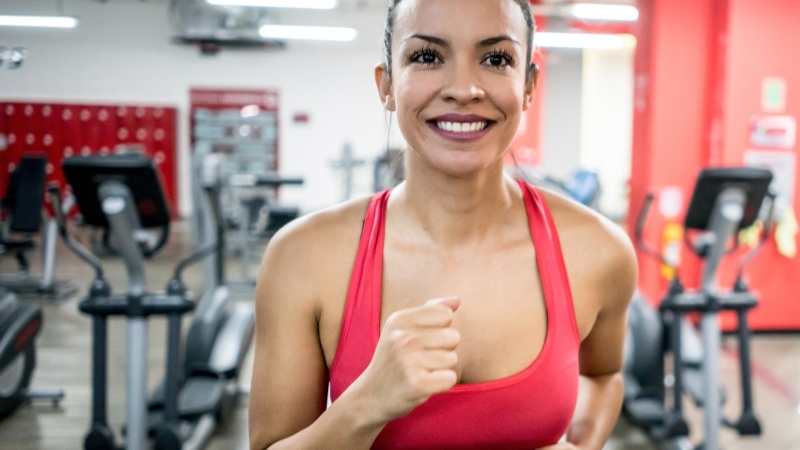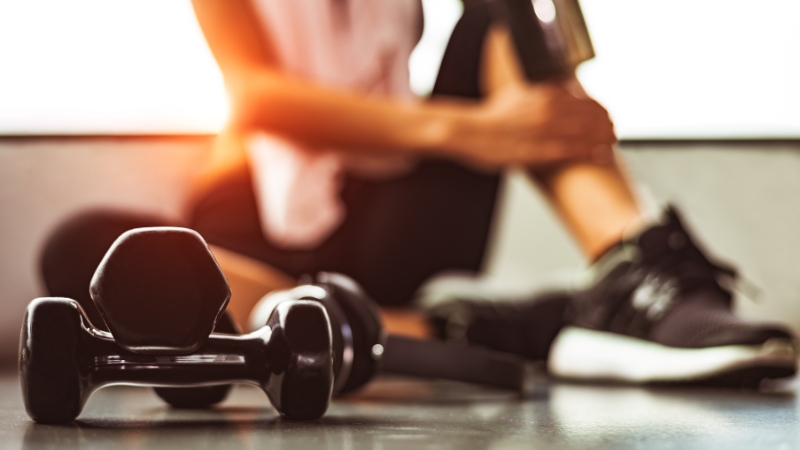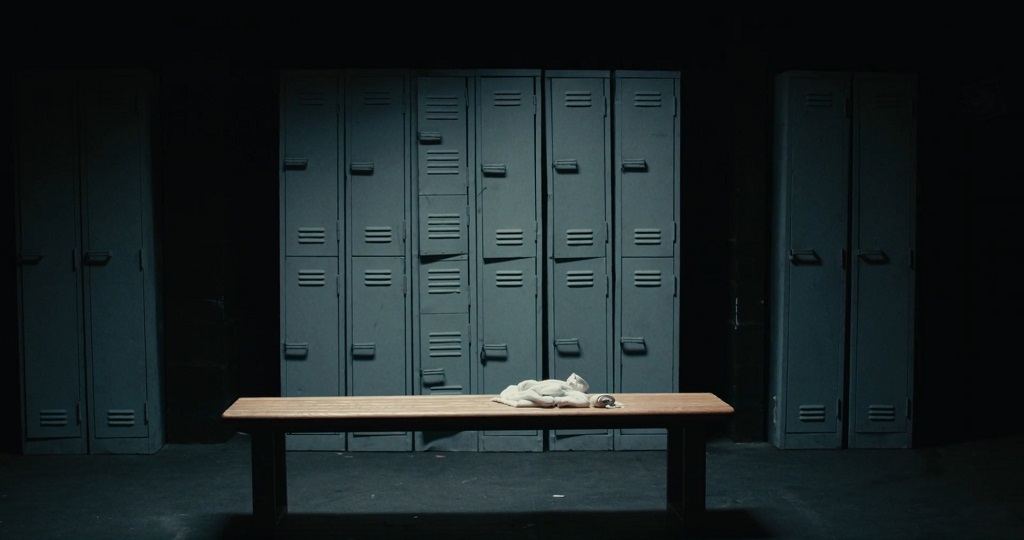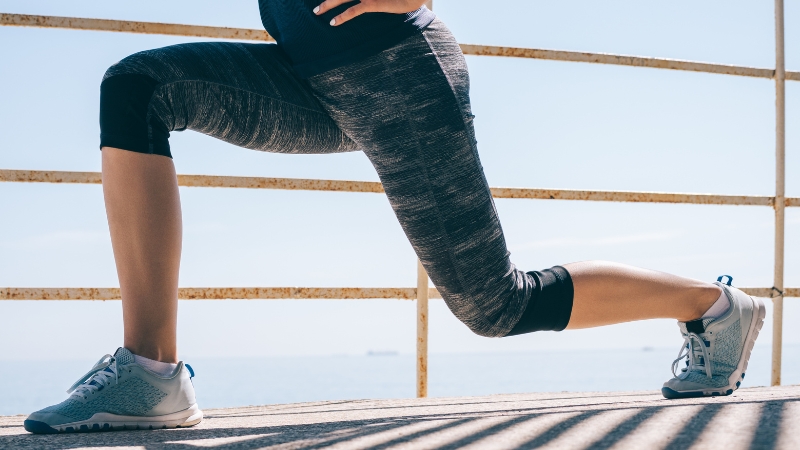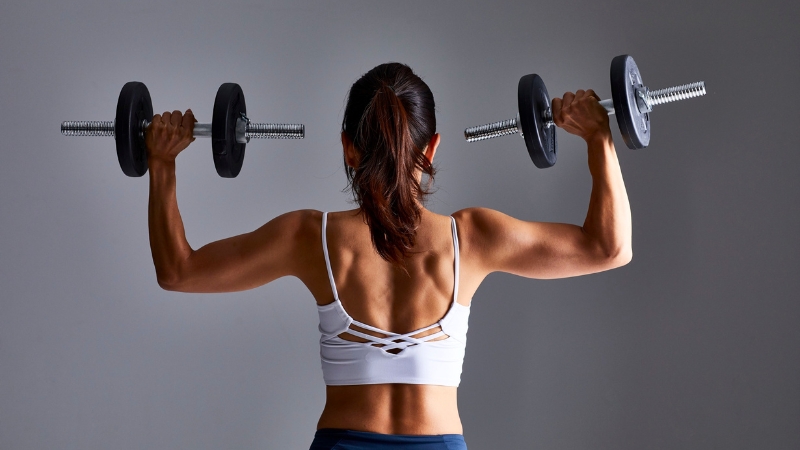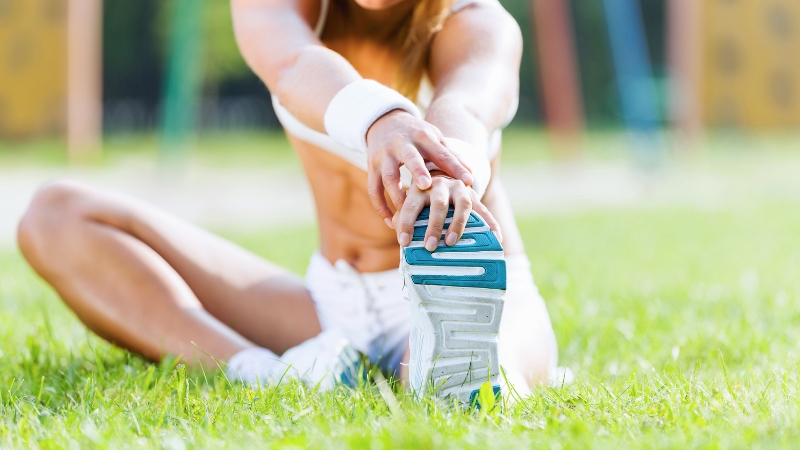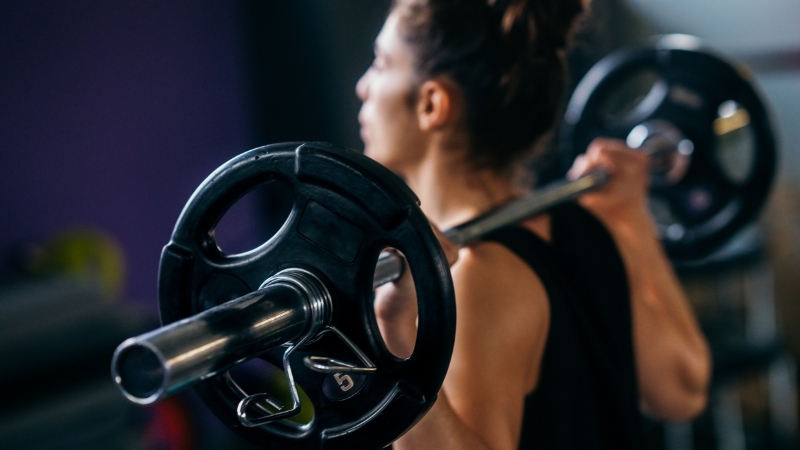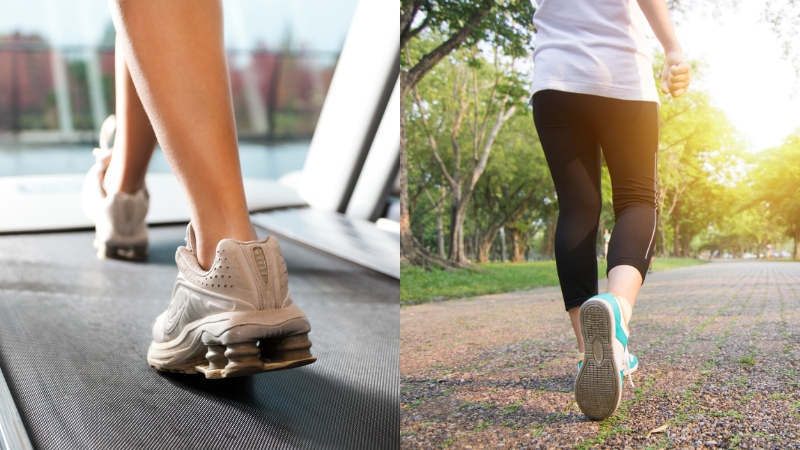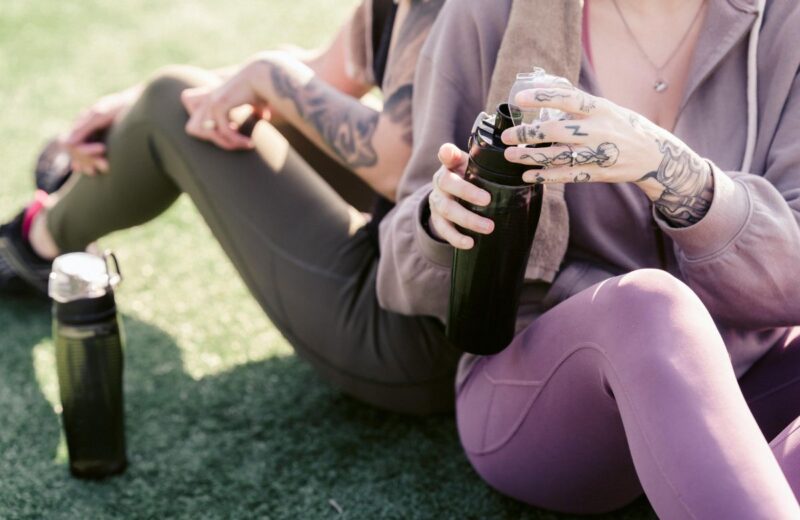
Share Post:
You gave your workout everything. Your squats were deep, your lunges were long, and your hamstrings are currently asking you “why?” If your legs feel heavy, stiff, or just plain cooked after a tough session, you’re not alone.
That post-leg-day fatigue is usually a mix of natural muscle breakdown, inflammation, and delayed onset muscle soreness – DOMS for short.
But here’s the good news: there’s a way to get ahead of it. Actually, several ways. You don’t have to just suffer through sore legs and hobble up stairs like you’re 90.
With a few smart recovery strategies, you can ease the soreness, bounce back faster, and be ready to hit your next session without dragging your feet, literally.
Let’s walk through practical ways to take care of those tired legs so they don’t slow you down tomorrow.
Table of Contents
ToggleA Quick Look
| Strategy | What It Does | How to Use It |
| Hydration | Rehydrates cells, flushes waste | Drink water and electrolytes post-workout |
| Nutrition | Fuels muscle repair and reduces inflammation | Eat protein, carbs, and antioxidants |
| Rest and Sleep | Supports hormone release and healing | Get 7–9 hours of sleep, rest legs 24–48 hrs |
| Active Recovery | Improves circulation and eases soreness | Try walking, yoga, or light cardio |
| Warm-Up/Cool-Down | Reduces injury and fluid pooling | Move before and after your session |
| Foam Rolling/Massage | Relieves tension and improves circulation | Use after workouts, 10–15 minutes |
| Topical Solutions | Temporarily numbs or soothes pain | Apply sparingly to sore areas |
| Epsom Salt Baths | Relaxes muscles, may reduce inflammation | Soak for 15–20 min post-training |
| Gradual Progression | Prevents overload and injury | Increase training load slowly |
| Split-Day Routines | Gives muscle groups time to recover | Plan smart weekly training splits |
Why Leg Fatigue Hits So Hard
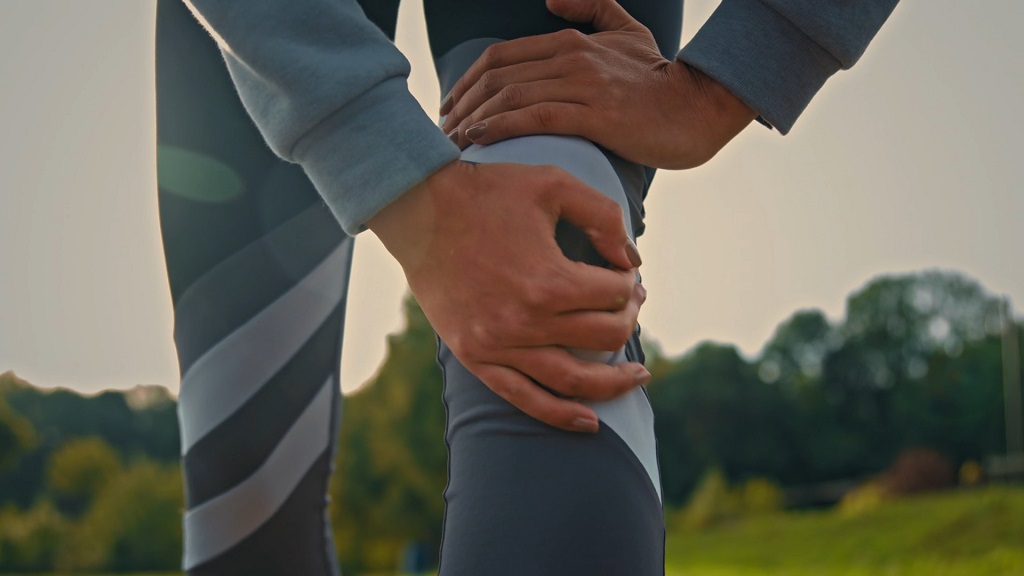
Leg workouts are brutal for a reason. Your quadriceps, hamstrings, glutes, and calves make up some of the largest muscle groups in your body. They support your weight, power your movement, and take the brunt of resistance training and cardio.
After intense training, think squats, hill sprints, or leg press, your muscles develop microscopic tears. That’s part of the adaptation process. But during the 24 to 48 hours afterward, DOMS can kick in.
Muscles might feel tight, sore to the touch, or even swollen. Your range of motion might drop. It’s completely normal, but it doesn’t mean you have to just tough it out without help.
Now let’s get into what actually works.
1. Don’t Skip Hydration
Think of water as your muscle recovery assistant. When you sweat, you’re not just losing fluid; you’re also draining out electrolytes that your body needs to function properly.
Letting yourself stay even slightly dehydrated post-workout can make soreness worse and slow down the healing process.
Henry Ford Health recommends drinking around 8 ounces of water every 15 to 30 minutes of exercise. After your workout, weigh yourself and for every pound you lost, drink an additional 8 ounces.
Easy Fixes:
- Keep a large reusable bottle with you at all times. Refill it throughout the day.
- If your workout was especially sweaty or long, add in an electrolyte drink. Just make sure it’s not overloaded with sugar.
2. Post-Workout Nutrition
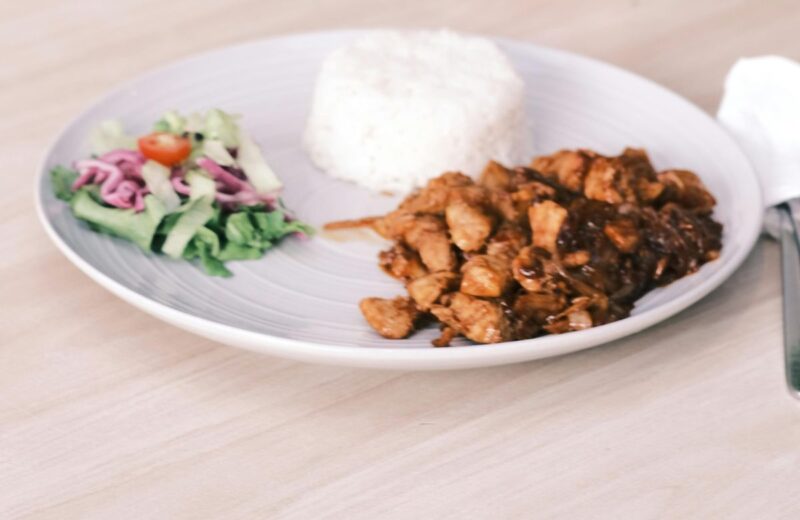
Your muscles just put in work. Now they need the building blocks to repair and come back stronger. A balanced post-workout meal makes a difference, and timing matters too.
Aim to eat within 30 to 60 minutes after your workout. That’s when your body is primed to absorb nutrients and rebuild muscle tissue.
What to Include
| Nutrient | Why It Matters | Sources |
| Protein | Repairs muscle fibers | Eggs, lean meat, Greek yogurt, tofu, whey protein |
| Carbs | Replenishes energy stores | Brown rice, oats, quinoa, fruit |
| Healthy fats | Reduces inflammation, supports joints | Avocados, olive oil, nuts |
Antioxidant-rich foods also play a big role. Think tart cherries, beets, spinach, bell peppers, basically anything colorful and real.
3. Prioritize Rest and Sleep
Recovery doesn’t only happen when you’re stretching or eating clean. The most underrated recovery tool is sleep. It’s not optional; it’s when the body does its deepest repair work.
Aim for 7 to 9 hours of uninterrupted sleep. That’s when growth hormone peaks, inflammation goes down, and your muscles rebuild. If you’re skimping on sleep, you’re putting yourself at a disadvantage no matter how well you eat or stretch.
Also, give your legs at least 24 to 48 hours of rest before hitting them hard again. Many trainers suggest spacing out leg days by two to three days.
As a bonus, heat-based recovery like saunas can work wonders, but before buying, you’ll need to determine what size sauna you need based on your space and use.
4. Use Active Recovery, Not Just Couch Time
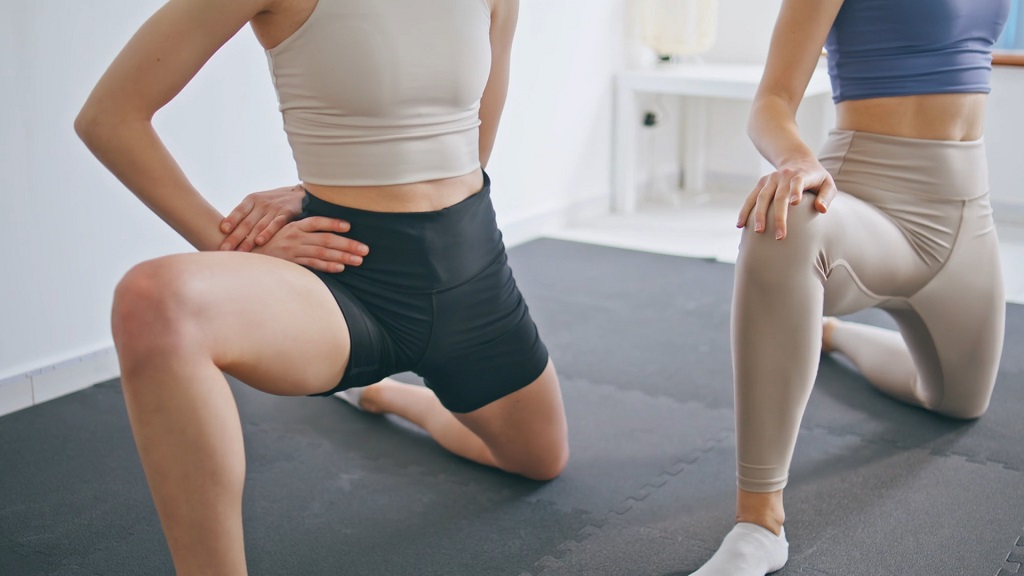
You don’t need to hit the gym again the next day, but sitting still isn’t always the best move either. Gentle movement boosts circulation, which helps clear out metabolic waste and bring in fresh oxygen and nutrients.
Great options:
- 15-minute walk
- Easy cycling
- Swimming
- Gentle yoga
- Core work
Even five to ten minutes of stretching or light cardio can make a huge difference. A study published in the PMC Sports Medicine found active recovery reduced soreness more than passive rest.
5. Warm-Up and Cool-Down Matter More Than You Think
Skipping your warm-up is a fast track to next-day regret. Cold muscles are more prone to tearing and inflammation, especially in winter or air-conditioned gyms.
Before your workout, spend 10 to 15 minutes doing dynamic movements like:
- Leg swings
- Bodyweight squats
- Hip circles
- Light jogging
After the workout, take 5 to 10 minutes to cool down. Don’t flop to the floor just yet, slow your breathing and heart rate with a walk or slow cycling, then do some static stretches.
Why It Helps
- Prevents blood pooling in the legs
- Keeps joints mobile
- Helps transition your nervous system from high stress to rest mode
6. Foam Rolling and Massage
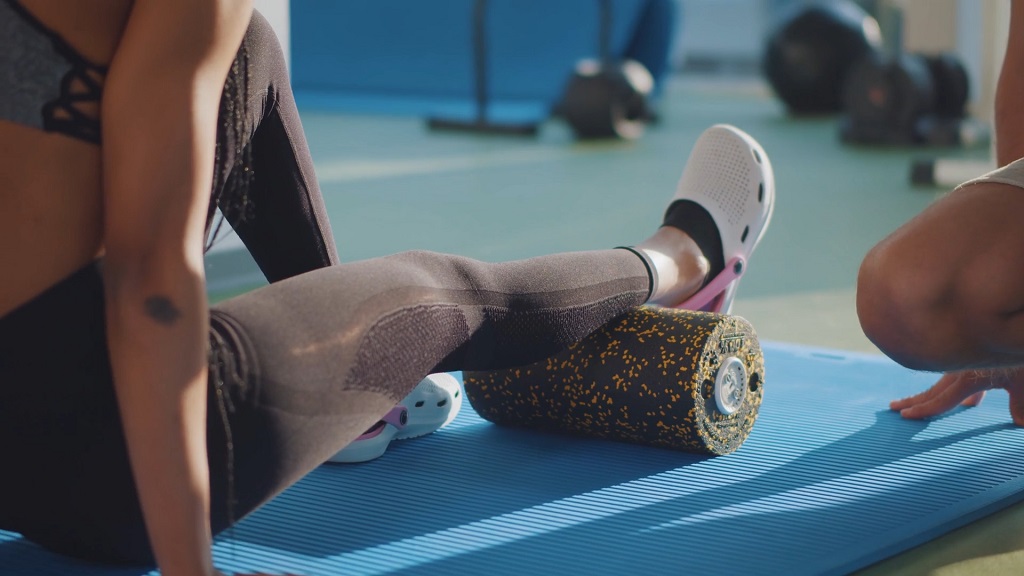
If you don’t have a masseuse on call (wouldn’t that be nice?), foam rolling is your next best friend. It’s cheap, it works, and it doesn’t take much time.
Roll Out:
-
- Quads
- IT bands (gently)
- Hamstrings
- Calves
- Glutes
- https://www.youtube.com/watch?v=Hu-rVZVSzxs&pp=ygUMZm9hbSByb2xsaW5n
Focus on slow, controlled movements. Spend 1 to 2 minutes on each area. When you hit a tender spot, pause and breathe through it.
Foam rolling post-workout has been shown to ease DOMS and even improve performance in later sessions. You can also use a massage gun if you’ve got one.
7. Try Topical Solutions for Quick Relief
Sometimes, a little help from a cream or balm can take the edge off the soreness. Products like Tiger Balm, BenGay, or Traumeel don’t heal muscles directly, but they provide a cooling or warming effect that distracts from the pain and can reduce tension.
8. Soak in an Epsom Salt Bath
There’s something about warm water that just works. Add in some Epsom salts, magnesium sulfate, and you’ve got a recipe for relaxed muscles and improved circulation.
How to Do It
- Fill a tub with warm (not scalding) water
- Add 2 cups of Epsom salt
- Soak for 15 to 20 minutes
Do this a couple of times a week if your workouts are intense. It’s a good ritual for both physical and mental recovery.
9. Progress Slowly and Don’t Let Soreness Catch You Off Guard
DOMS often hits hardest when you increase workout intensity or volume too quickly. One week you’re doing three sets of squats, the next week you’ve doubled your reps and added sprints. That’s a recipe for soreness overload.
It’s not just about being cautious. Slow progression gives your muscles and connective tissues time to adapt, reducing the risk of injury.
10. Rotate Muscle Groups With Split-Day Routine
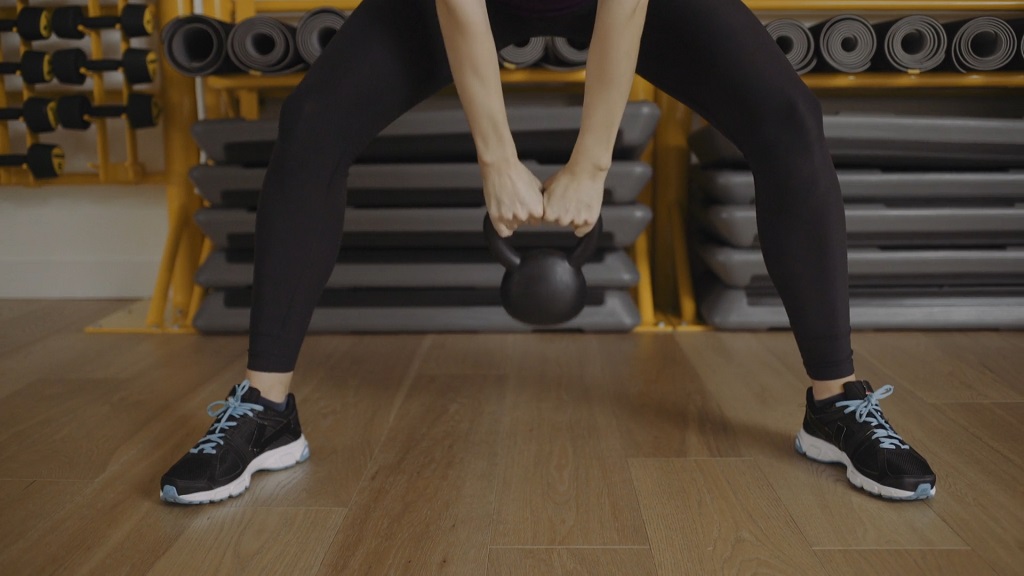
If you’re training consistently, structure matters. Instead of hitting legs every other day and burning them out, rotate your focus.
A balanced split routine gives each muscle group time to recover without skipping training altogether.
Example of a Weekly Plan
| Day | Focus |
| Monday | Legs |
| Tuesday | Upper body (push) |
| Wednesday | Core or active recovery |
| Thursday | Legs (light) or cardio |
| Friday | Upper body (pull) |
| Saturday | Rest or yoga |
| Sunday | Optional cardio or walk |
This way, you’re not punishing your legs back-to-back without a break.
When It’s More Than Just Soreness
If the pain sticks around longer than three days, feels sharp, makes it hard to walk, or just feels “off,” it might be more than DOMS.
Lingering issues could signal a strain, tear, or joint problem. That’s when it’s time to see a doctor or physical therapist.
Soreness is normal. Limping for a week is not.
Final Thoughts
Tired legs don’t have to take you out of the game. With the right mix of hydration, nutrition, movement, and recovery tools, you can bounce back quicker and feel stronger session after session.
No magic pills. Just smart, consistent habits that support your body where it needs it most.
Take care of your legs, and they’ll take care of you, whether you’re squatting heavy or running miles. And remember: soreness means you’re building something. Just don’t forget to give those muscles what they need to rebuild.
Related Posts:
- Chair Workout for Legs - 4 Exercises for Toned Legs
- Easy Ways to Relax After a Killer Workout – Rest Like a Pro
- How to Workout When You're Feeling Bloated – Tips…
- 7 Best Inner Thigh Exercises - Shape Your Legs
- 4 Best Ways to Treat Shin Splints Before They Turn…
- Inner and Outer Thigh Workout - How to Get Killer Legs


